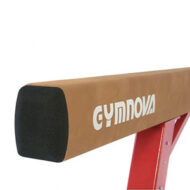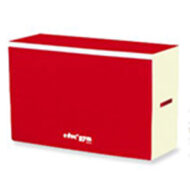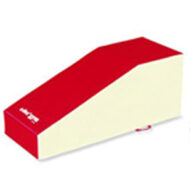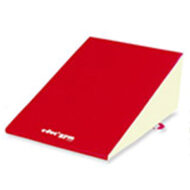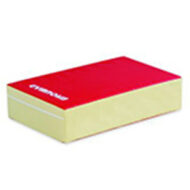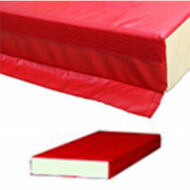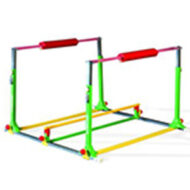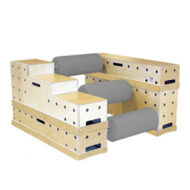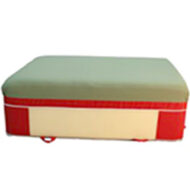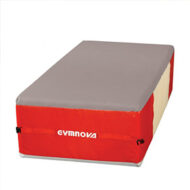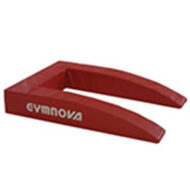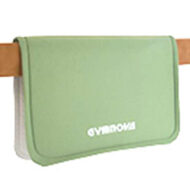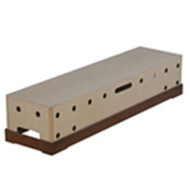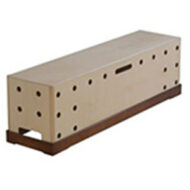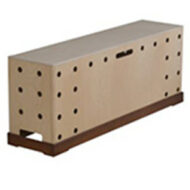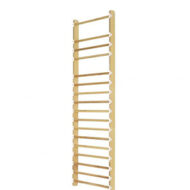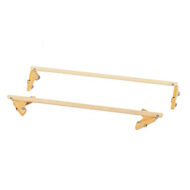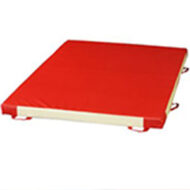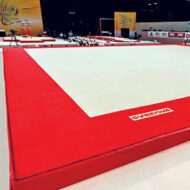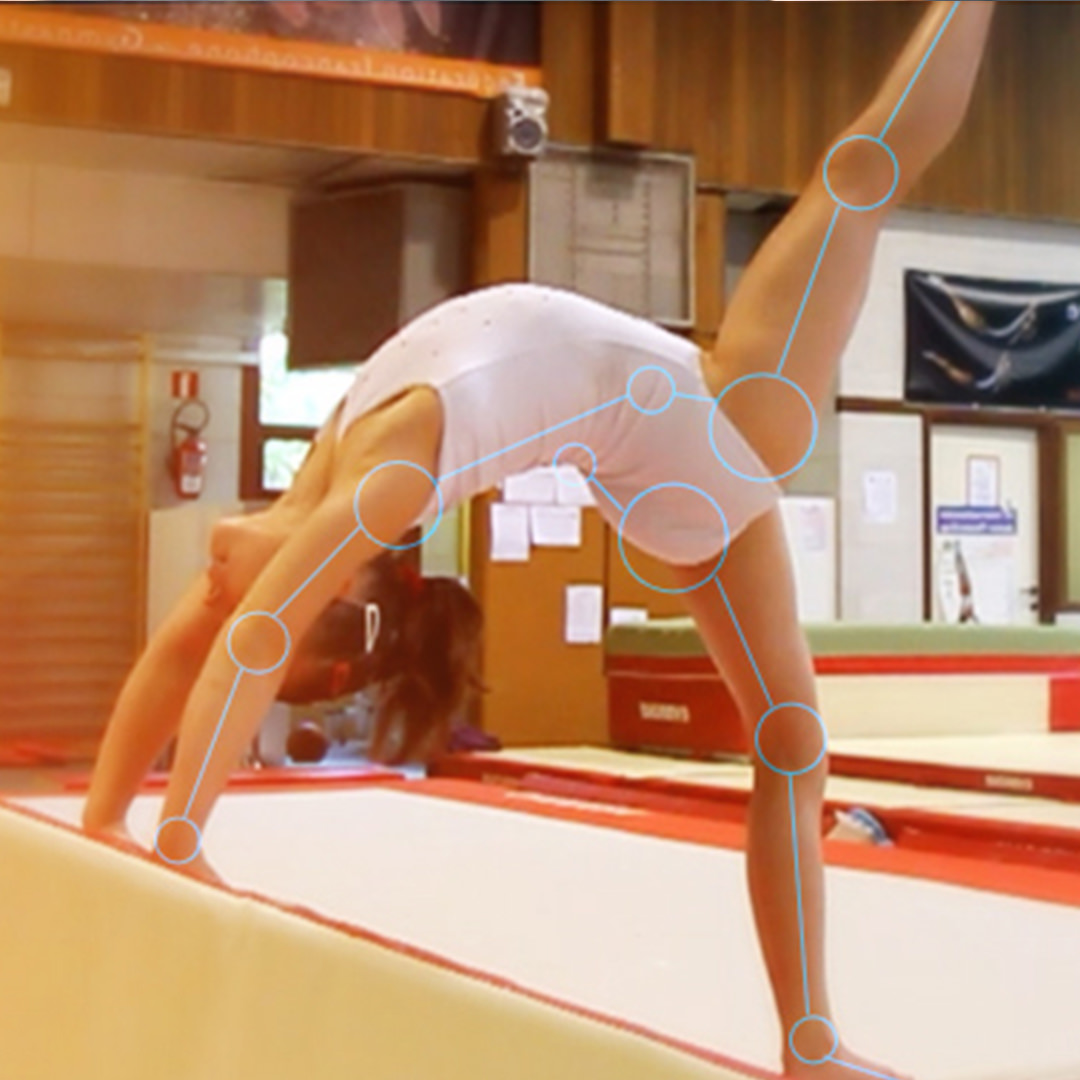Back walkovers
How to teach the back walkovers on beam



Angelo Ritorto
Back walkovers
How to teach the back walkovers on beam
description
Back walkover is a crucial technical element in women's artistic gymnastics.
In fact, on beam, it is a truly essential basic skill if you wish to progress to other acrobatic elements with or without flight.
Plus, it is generally the first element a gymnast will do where she goes upside down and loses her visual reference points.
Learning a back walkover is almost unavoidable. So learn everything there is to know about correct positioning and get useful advice. Choose from the best skill progressions and offer a suitable physical preparation process.
With the help of this video training, you'll be able to guide your gymnasts to success, and achieve your objectives!
Associated books
Let's Teach artistic gymnastics - Beam Skills (Backward acrobatic skills)
Learn how to teach:
• Back walkover • Flic-flac step-out • Layout step-out • Tuck back •
All the exercises needed to learn backward skills on beam, from their beginnings to the execution of complete skills
→ 174 exercises - 214 pages - Format 15 x 21 cm -
A note on the series of books, "Let's teach gymnastics":
• Our books are essential companions to the video training on the same topics that you find in the section "Gymnastics Education" here on GymneoTV.
• Their spiral binding and tabbed pages allow you to quickly find the skills you want to look at, and easily locate the drills and training stations.
• The summaries of technique and the large format illustrations made to scale make these books the ideal companions to your training sessions.
Our advice:
• For training session prep: thanks to the technique summary and icons at the top of each page, you can easily find the stations that match the current needs of your gymnasts. You can also anticipate the equipment needs for your upcoming session.
• During training: with the help of realistic images, you can save time by showing your gymnasts the drills to work on. They will also be able to help you set up the training stations and thanks to the illustrations, they'll more easily understand the task at hand.
• You will improve the constant exchange that you have with your athletes. In fact, when giving your instructions, the illustrations create common ground for discussions or reference points. They make it easy to understand and/or visualize technical placements, which makes it much easier to learn the element.
content
- Introduction
- Anterior-posterior split
- Level of active flexibility in flexion
- Overall flexibility in opening position: The bridge
- Descent into back bridge
- The back bridge
- Handstand split on the floor
- Front walkovers
- Back walkovers on the floor
- Handstand with legs squeezed on the high beam
- Handstand split on the high beam
- Conclusion
- Introduction
- Opening of the shoulders at the beginning
- Getting familiar with inversion into the handstand
- Performing the entire skill in complete safety
- First, the front walkover
- Progression to the back walkover on the floor
- Back tick tock
- Bridge on the high beam
- From floor to high beam
- A suggested strategy for getting gymnasts onto the high beam . . . alone
- Practicing on the high beam
- Front tick tock, walkover, and repetition
- Improving the landing phase
- Increasing the difficulty in order to stimulate mastery of the skill
- Things to keep in mind!
- Introduction
- Exercises for hip flexibility (psoas and rectus femoris)
- Example of overall, passive work on hip flexibility
- Stretching and contraction in order to improve the inversion phase
- Overall stretching of the quadriceps: what is the most suitable position?
- Strengthening the movement through the handstand split
- Flexibility of overall flexion
- Flexibility of specific flexion!
- Conclusion

